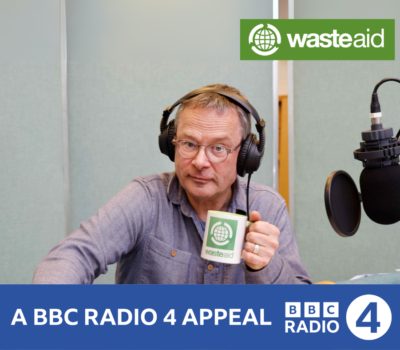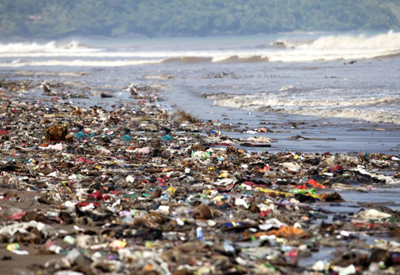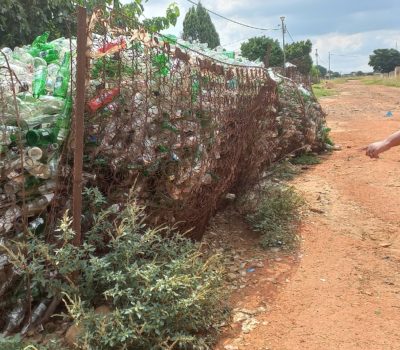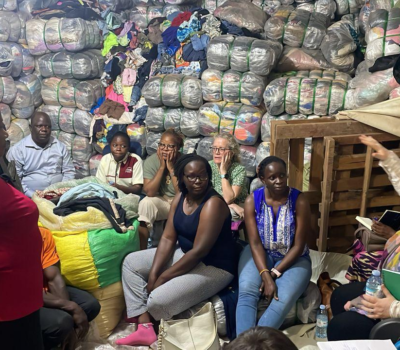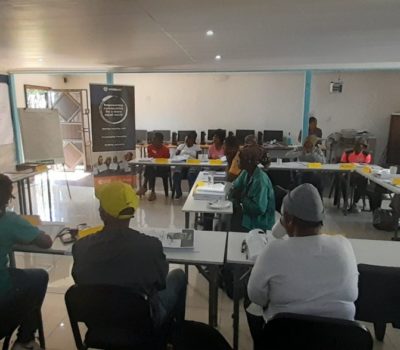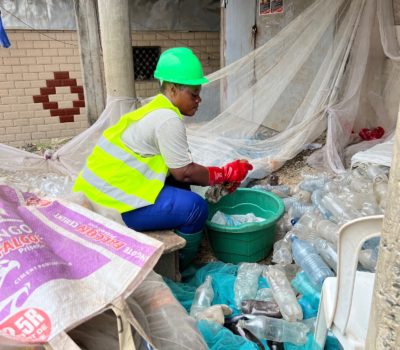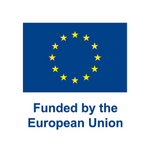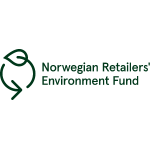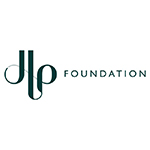Waste as a Valuable Secondary Resource Material – The Paradigm Shift
Thought Pieces
Author: Guest Author
Published: 27 June 2022
It is not enough to manufacture recyclable products, collectively we have to build the systems to recycle all waste and focus on reducing our carbon footprint now. Real change requires collective action, writes Charles Héaulmé, President and CEO of Huhtamaki.
Sometimes it’s useful to step back and start at the beginning so we can recalibrate our collective response in line with the realities that face today. So, that’s what I’m going to do in the case of waste. The dictionary definition of waste is “unwanted or unusable material, substances, or by-products.” Of course, what that definition doesn’t tell us is at what point a material, substance or by-product becomes unwanted or unusable. Given our increasingly depleted natural resources and focus on reducing our carbon footprint we, at Huhtamaki, believe that waste is a valuable secondary resource. Our focus on circularity aims to keep materials, substances and by-products in the economy, generating value, for as long as possible. More than ever, there is also need for the world to cut its greenhouse gas (GHG) emissions by reducing its carbon footprint. Taken together, increased circularity and carbon reduction provide our framework for action.
Food packaging already contributes to low carbon circularity – but there is still more that must be done
An unacceptable 30% of all food produced is currently lost or wasted. According to the latest research from WWF, this accounts for 10% of GHGs, globally. By extending shelf-life and protecting food’s characteristics, packaging keeps food safe and tasty, so keeping it both usable and wanted. And, as packaging itself typically accounts for just 5 percent of the food chain’s carbon footprint, its importance in maintaining food’s value is clear. In fact, research has shown that the environmental benefit of preventing food waste is typically 5 to 10 times higher than the environmental burden of packaging.
The evidence therefore is strong that packaging helps limit the carbon impact of the food system and improve its circularity. Packaging also helps move food from where it is produced to where people live; it enables portion control; it facilitates affordability; and it provides numerous social and economic benefits along the way, such as increased food choice and innovation. This is why we believe that packaging forms an integral part of our food systems. This is why we believe that the value of packaging for the environment is much higher than its impact.
Food packaging
Today, food packaging comes in many different forms and is made from many different materials – paper and fibre, plastic, metal, glass. All play a role to be fit for purpose and provide the safety and functionality for the food it holds and protects.
We believe that food safety is absolutely non-negotiable when it comes to food packaging, and that we should make positive choices in the selection of packaging materials to ensure fit for purpose packaging. For us, being material positive supports how we play our part in delivering systems which are both circular and low carbon.
Let’s take lightweight flexible packaging as an example. Over the last twenty years manufacturers and retailers have sought to reduce carbon footprints by replacing more traditional, heavier materials such as glass and metal with lightweight plastic and paper-based packaging, which helps reduce the emissions related to transport. In many countries such packaging also enables smaller, more affordable portions to be sold.
While the materials used in packaging have a direct and quantifiable impact on the carbon footprint of the packaging itself, this is not the full story as a recent system-based Life Cycle Assessment (LCA) conducted by the engineering and consulting company Ramboll highlights. This LCA assessed the use of different types of tableware within Quick Service Restaurants (QSRs) in Europe. Examining the full lifecycle, the LCA was conducted to ISO standards and independently certified by TÜV Germany. It found that in six out of nine categories, including climate change and freshwater usage, single-use paper products caused less environmental impact than reusable tableware.
The differences for climate change impacts between the paper-based and reusable tableware were significant. The study found that reusable systems generated 2.8 times as many CO2-e emissions as the single-use paper-based items used for dine-in meals over the course of a year – hampering societies’ goal to achieve net zero. This is because the cleaning phase, driven by washing and drying, accounted for 83% of the total aggregated impact of reusable tableware.
For freshwater consumption, the differences were also stark, with reusable systems requiring 3.4 times as much water as the paper-based items. Given water stress is increasing in many parts of the world, these findings raise important questions.
But – and here is the challenge – how do we stop packaging itself becoming waste that creates its own problems?
Avoiding packaging waste through systemic change
Why does the packaging that surrounds a product become waste? At its simplest, the reason is that there are failings in the systems which collect, sort and recycle packaging materials. In many countries those systems may not yet even exist, which leads to more acute issues of pollution.
Huhtamaki’s position is very clear – waste is a valuable secondary material. Packaging and the systems which enable material recovery must become sustainable. That doesn’t mean a one-size–fits-all approach. To us, innovation across the value chain is key in ensuring packaging materials aren’t wasted, and the resource they represent is reused.
However, what delivers the best environmental outcome in Europe may not result in the most sustainable outcome in other geographies depending on local factors. Take the Reppie fit-for-purpose Energy from Waste (EfW) plant built in Ethiopia’s capital Addis Ababa, which is designed to incinerate roughly 80% of its rubbish and supply 30% of Addis Ababa’s household energy needs. Given the availability of energy is a major constraint in emerging economies, the use of materials in this way is far better than the alternatives of landfill or outdoor burning. In the words of sustainability experts from the University of West of Scotland, “instead of seeing EfW as a competitor to recycling, it should be seen as an ally as intended in the waste hierarchy”.
Huhtamaki is committed to working collectively to foster innovation to find ways of driving systemic change and innovation. For example, through our work with WasteAid we have supported the delivery of education and training on waste management and circular systems in South Africa, Vietnam and India. WasteAid’s objective is to fast-track and amplify local solutions that create value and reduce waste and pollution.
We also supported the development and piloting of a river waste collector, invented by the Finnish cleantech start-up RiverRecycle. The collector is an integral part of RiverRecycle’s solution to solve marine waste, one of the biggest global challenges of today. With Huhtamaki’s support, a prototype waste collector was built and tested in Finland. This was then transported to and assembled in Mumbai, where it is now operational and where it will be collecting waste from the Mithi River for the next 12 months.
Huhtamaki wants to see a real push for systemic change towards low carbon circularity that goes beyond individual companies, bringing value chains together for the planet. Achieving this will require hard work but by creating appropriate national and international collaborative platforms to drive solutions we believe success is achievable. Collaboration is needed across the value chain, involving stakeholders from industry, civil society and government.
In our view, there are five areas where collaboration can make a real difference, but it is important that solutions are not one-size-fits all but are appropriate to local conditions. We believe in:
- Prioritising renewable resources
- Building infrastructures for collection and recycling
- Innovating to unlock sustainability and harnessing digitalisation particularly in the collection-recycling infrastructure
- Incentivisation and partnership to establish this innovation, and finally;
- Supporting the consumer and changing consumer behaviour, e.g. through environmentally focused education of kids at schools around the world.
By working across the value chain, we see innovation and partnerships as the way forward to building a material-positive system for fit-for-purpose food packaging, where the materials which provide access to safe, affordable foods and help prevent food waste, then continue their journey through a low carbon circular economy by being recycled in ways that maximize their value to both the planet and people.
About the author
Charles Héaulmé, President and CEO, Huhtamaki. Charles Héaulmé has been President and CEO of Huhtamaki since 2019. He joined Huhtamaki from Tetra Pak, where he held various business and finance leadership roles in different geographies since 1999. Prior to this he also held financial controlling roles in Bosch Braking Systems Division and served as a senior auditor in KPMG.
Interview with Charles Héaulmé, President and CEO of Huhtamaki
- Huhtamaki’s roadmap to 2030 for improving global waste and recycling infrastructure;
- Innovations at Huhtamaki to make packaging more sustainable and recyclable; and
- How Huhtamaki is balancing shareholder value with the need to meet sustainability and climate goals.



